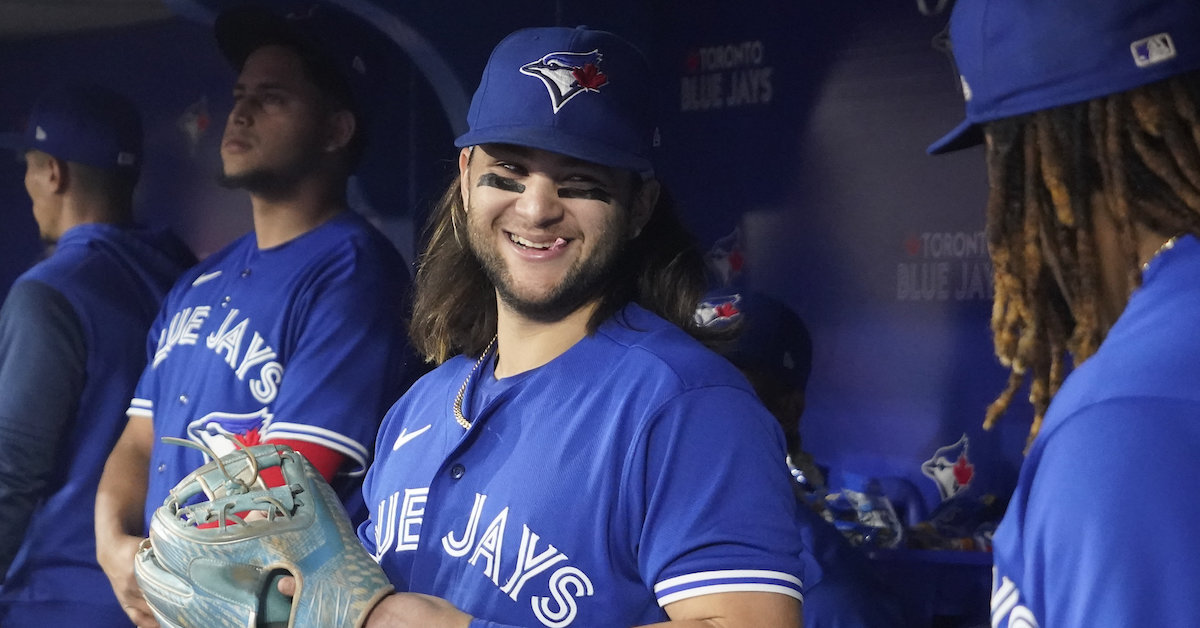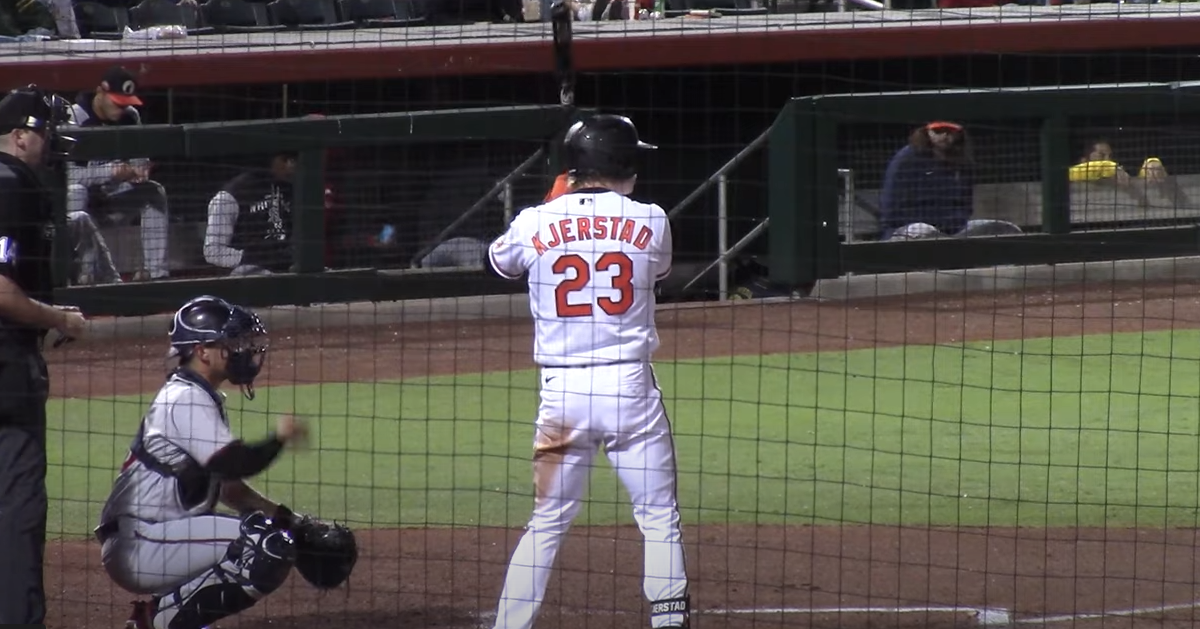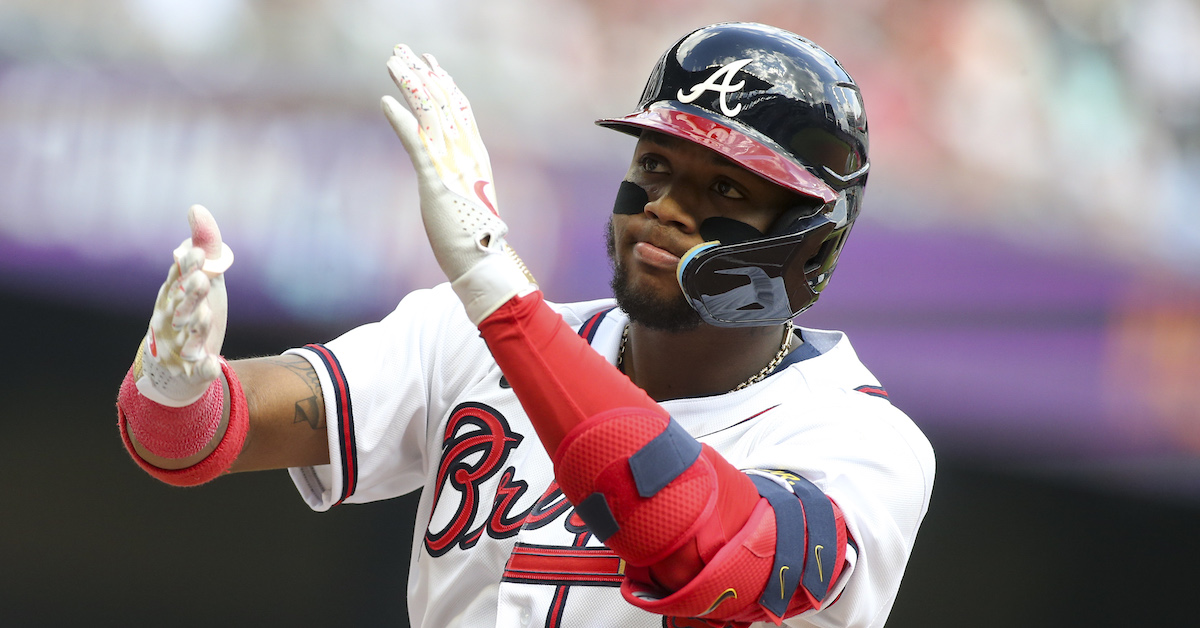Bo Bichette Nets a Three-Year Extension

As the Blue Jays attempt to build upon last year’s 92-win season — their best since 2015 in terms of won-loss record — they’ve locked up one of their young, homegrown stars. Earlier this week, Sportsnet’s Ben Nicholson Smith reported that the team had agreed to a multiyear extension with Bo Bichette, thereby avoiding what could have been a contentious arbitration hearing. The terms of the deal were unclear at the time, but on Thursday, The Athletic’s Ken Rosenthal reported that Bichette will receive a three-year, $33.6 million guarantee, with escalators and incentives that can increase the total value of the deal to as much as $40.65 million.
Via the Associated Press, Bichette is guaranteed $6.1 million this year ($3.25 million as a signing bonus and $2.85 million in salary) and then $11 million in 2024 and $16.5 million in ’25. Winning an MVP award would increase his next salary by $2.25 million, while finishing second or third would add $1.25 million, and finishing fourth or fifth would add $250,000. The extension buys out all three of his arbitration years — his age-25 through 27 seasons — without delaying his free agency, as he enters 2023 with three years and 63 days of service time. Without the deal, he and the Blue Jays would have headed into arbitration with the two sides as far apart as any in the majors this year. According to MLB Trade Rumors, the $2.5 million gap between the filings of Bichette ($7.5 million) and the Blue Jays ($5 million) matched that of the Astros and Kyle Tucker; Houston won that hearing on Thursday.
Bichette is coming off a very good season, albeit something of an inconsistent one. He set a full-season high with a 129 wRC+ via a .290/.333/.469 line with 24 homers and 13 steals. His 4.5 WAR tied with Corey Seager for 14th in the American League and second among AL shortstops behind Xander Bogaerts, 0.1 WAR ahead of Carlos Correa. That said, his season was an uneven one that exposed concerns in several areas of his game. He hit just .213/.237/.298 (50 wRC+) in April and .257/.302/.418 (105 wRC+) through the first half — missing the AL All-Star team where he made it in 2021 — before batting .337/.378/.543 (163 wRC+) in the second half, capped by a .406/.444/.662 (217 wRC+) September. Fourteen of his 24 homers came before the break, but so did 100 of his 165 strikeouts; he trimmed his K% from 24.3% before the break to 19.2% after. Read the rest of this entry »








